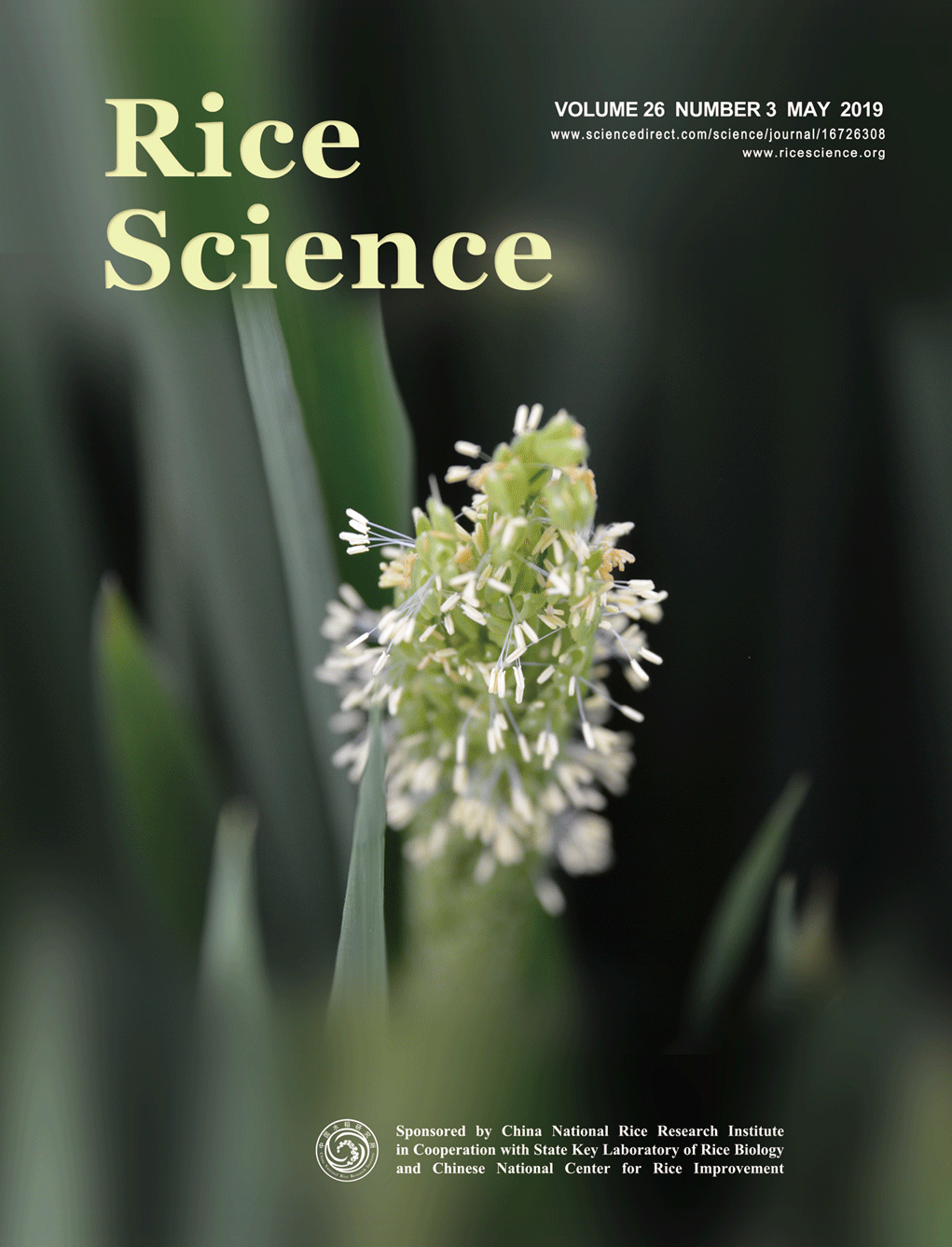The efficacies of some next-generation insecticides against the rice yellow stem borer (YSB), Scirpophaga incertulas (Walk.), and their compatibilities with natural enemies were investigated during 2014 and 2015. Three newer insecticides, chlorantraniliprole 0.4% G, dinotefuran 20% SG, and methoxyfenozide 24% SC, and two commonly used insecticides, carbufuran 5 G and quinalphos 25 EC, were evaluated in the field for their efficacies against YSB and their non-target effects on natural enemies. Application of chlorantraniliprole 0.4% G at 10.96 kg/hm2 resulted in the greatest reduction in YSB infestation (deadhearts and whiteheads) and greatest increase of yield compared to the untreated control plots, followed by methoxyfenozide 24% SC at 0.41 L/hm2, dinotefuran 20% SG at 0.15 kg/hm2, carbufuran 5 G at 10.96 kg/hm2, and quinalphos 25 EC at 1.50 L/hm2. All the insecticides reduced the numbers of predators viz., lady bird beetles, wolf spiders, carabid beetles, earwigs, green mirid bugs, and damselflies. Numbers of adults of the egg parasitoids Trichogramma sp., Telenomus sp. and Tetrastichus sp. were significantly reduced in insecticide-treated plots compared to untreated control plots. In all field trials, the harmful effects of the five insecticides were in the following rank order (least harmful to most harmful): chlorantraniliprole 0.4% G, carbufuran 5 G, dinotefuran 20% SG, methoxyfenozide 24% SC, and quinalphos 25 EC. On the basis of reduction in YSB infestation, increase in grain yield, and compatibility with natural enemies, chlorantraniliprole 0.4% G was proved to be the best of all the insecticides for YSB management system, although the study suggested minimizing its retail price for enhancement of cost effectiveness in farmers’ fields.

